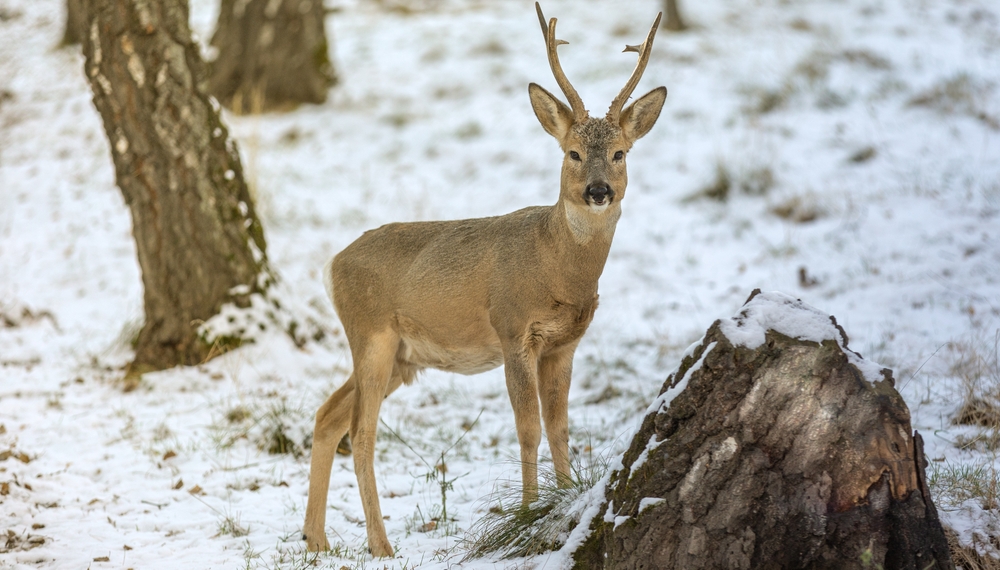Woraksan Overview
Woraksan National Park, known locally as 월악산국립공원 (Woraksan Guknipgongwon), is a captivating natural haven located in the heart of South Korea, spanning portions of Chungcheongbuk-do and Gyeongsangbuk-do provinces. Covering an area of 106 square miles (275 square kilometers), this park is a treasure trove of scenic beauty, cultural heritage, and ecological diversity. Established in 1984, Woraksan National Park is centered around its namesake mountain, Woraksan, which translates to “Moon Peak Mountain,” a name inspired by the park’s most prominent summit that resembles the gentle curve of a crescent moon.
The park’s terrain is dominated by rugged mountain ranges, dramatic cliffs, and lush valleys. Mount Worak itself rises to 3,583 feet (1,092 meters) above sea level and offers breathtaking vistas of the surrounding landscapes. Its trails weave through dense forests of Korean pine, maple, and oak, which transform into a fiery palette of red, orange, and gold during autumn.
The park is also home to the scenic Deokju Waterfall, a cascading torrent nestled in a serene forested setting, and the tranquil Chungju Lake, South Korea’s largest man-made reservoir, which adds a shimmering expanse of water to the park’s diverse geography.
Wildlife enthusiasts will find Woraksan National Park to be a living sanctuary for Korea’s native species. The park supports a rich array of fauna, including mammals like the Siberian roe deer and wild boar. Birdwatchers might catch sight of striking species such as the black kite, great spotted woodpecker, or the rare mandarin duck.
In addition to its vibrant animal life, the park is also a botanical wonder, hosting rare plant species like the Korean winter hazel and diverse wildflowers that enhance the park’s ecological importance.
One of the most popular features of Woraksan National Park is the Samnyeonsanseong Fortress, an ancient stone structure dating back to the Three Kingdoms period. This cultural landmark, combined with scenic hiking routes such as the climb to Mount Worak’s summit or the trails circling Chungju Lake, offers visitors a chance to connect deeply with both nature and history. Activities like boating on the lake, camping, and photography are also favorite ways to experience the park’s wonders.
Despite its splendor, Woraksan faces ongoing conservation challenges. Its location near urban areas has increased pressure from human activity, including tourism and development. However, park management has implemented measures such as controlled visitor access and reforestation projects to preserve its delicate ecosystems. These efforts have contributed to the park’s success as a model for balancing ecological protection with public enjoyment.










































































